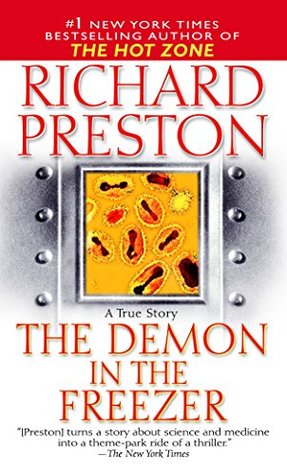More on this book
Community
Kindle Notes & Highlights
IN 1965, Donald Ainslie Henderson was thirty-six years old and was the head of disease surveillance at the Centers for Disease Control in Atlanta, when he wrote a proposal for the eradication of smallpox in west Africa. In common with most medical authorities at the time, he didn’t believe that smallpox or any other infectious disease could be eradicated from the planet, but he thought that perhaps it could be done in a region. Somehow, his proposal ended up at the White House and had an effect there. For years, the Soviets had been getting up at meetings of the World Health Assembly—the
...more
But then, in 1968, to the surprise of the eradicators, a previously unknown virus called monkeypox was discovered in a group of captive monkeys in Copenhagen, and the virus was traced back to the African rain forest, where to this day monkeypox infects humans. Monkeypox is an emerging virus that is making trans-species jumps into people in smoldering outbreaks in the rain forests of the Congo. Monkeypox may or may not one day take the natural place of smallpox vis-à-vis the human species.
One of the lesser-known reasons for the eradication of smallpox was the desire of the doctors to eradicate vaccinia virus along with smallpox. Vaccinia gave a fairly high rate of complications, and it could make some people very sick or kill them. About one in a million people who got the vaccine during the Eradication died of it, and a larger number of people got very sick from it. The eradicators wanted to eliminate the need for vaccination, and the way to do that was to get rid of the disease. A study done by the WHO suggested that the world was losing one and a half billion dollars a year
...more
It was quite possible that if anyone was charged with the Amerithrax crimes, Kohl might seek the federal death penalty. But to bring a prosecution in a multiple murder case in which the murder weapon was a living microbe, the evidence would have to be tight and clear, persuasive to a jury, and sharp with proof—probatory, in the language of police work. There would not necessarily be any testimony from eyewitnesses. The crimes could have been perpetrated by one person acting alone, and so the Amerithrax case might have to be tried largely on forensic evidence: on the science squad’s work.


